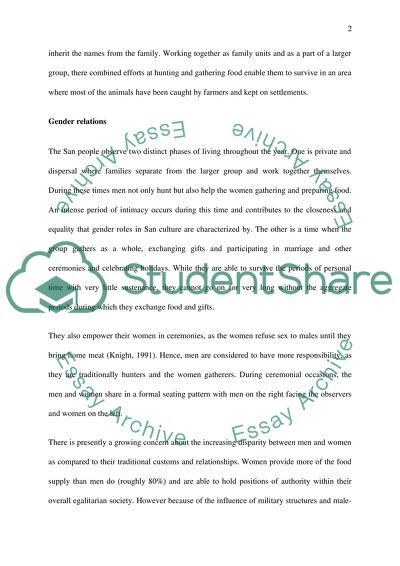Cite this document
(“The San Kinship Research Paper Example | Topics and Well Written Essays - 1000 words”, n.d.)
The San Kinship Research Paper Example | Topics and Well Written Essays - 1000 words. Retrieved from https://studentshare.org/psychology/1578994-the-san-kinship
The San Kinship Research Paper Example | Topics and Well Written Essays - 1000 words. Retrieved from https://studentshare.org/psychology/1578994-the-san-kinship
(The San Kinship Research Paper Example | Topics and Well Written Essays - 1000 Words)
The San Kinship Research Paper Example | Topics and Well Written Essays - 1000 Words. https://studentshare.org/psychology/1578994-the-san-kinship.
The San Kinship Research Paper Example | Topics and Well Written Essays - 1000 Words. https://studentshare.org/psychology/1578994-the-san-kinship.
“The San Kinship Research Paper Example | Topics and Well Written Essays - 1000 Words”, n.d. https://studentshare.org/psychology/1578994-the-san-kinship.


